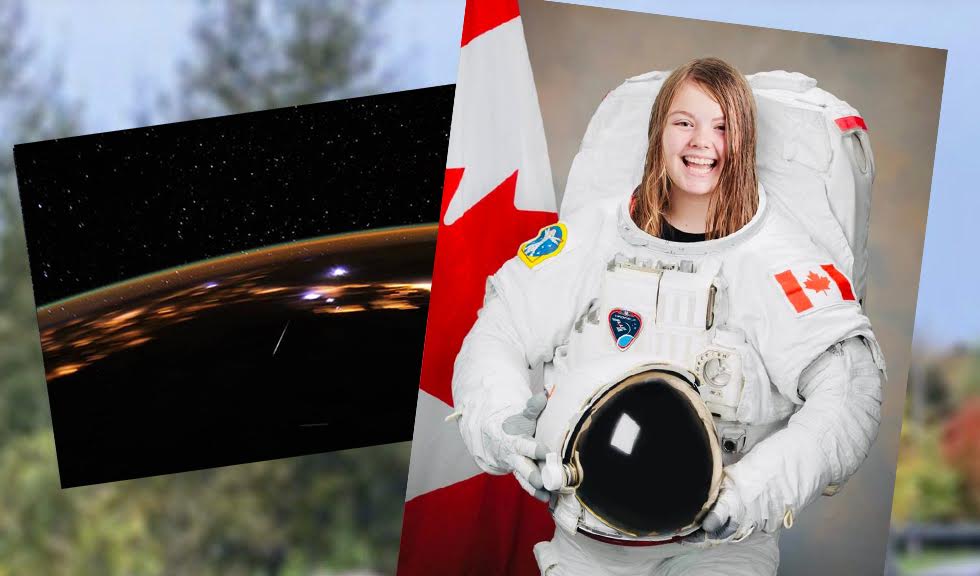As we progress further into the summer months, July promises to provide all astronomy fans with exciting observation opportunities. From the Buck Moon to the kickoff of the Polaris Dawn mission, here are some of July’s most anticipated astronomical phenomena and rocket launches.
The full moon of July, or the Buck Moon, will reach peak illumination on July 17 at 6:17 AM (Eastern Time). Originally named due to the fact that the antlers of male deer, or bucks, do the majority of their regrowth during this time of year, the Buck Moon has also been referred to as the Feather Moulting Moon, the Raspberry Moon, the Thunder Moon, and the Halfway Summer Moon.
The Southern Delta Aquariids meteor shower is predicted to peak at 11:16 AM July 30. Unlike other meteor showers, however, the Delta Aquariids do not have a noticeable “peak”- instead, they are continuously active throughout the summer months, usually beginning on July 18 and ending around August 21. The average rate of the Southern Delta Aquariids shower is between 15 and 20 meteors per hour, but observers viewing in the first few weeks of August are likely to see Delta Aquariids mixed in with meteors from the Perseids shower. A dark sky is essential when it comes to viewing Delta Aquariids as they tend to be fainter and more difficult to view than the average meteor shower, though they do occasionally leave glowing, bright streaks while passing by.
A second meteor shower will take place alongside the Southern Delta Aquariids. The Alpha Capricornids meteor shower has an expected peak during the nights of July 30 and 31, meaning that it will likely be visible along with the Delta Aquariids. The Alpha Capricornids are known for being infrequent (with a rate of only 5 meteors per hour) but bright, fireball-type yellow meteors that make for spectacular viewing, especially in the northern hemisphere, where they produce long trails. This shower was created between 3,500 and 5,000 years ago, and will likely become an annual storm stronger than any current storm sometime in the 24th century when the majority of its dust enters Earth’s path.
The Polaris Dawn mission is scheduled to launch sometime in July, with a start date of no earlier than July 12. It is the first of three planned missions in the Polaris Program, which was announced in February 2022. Polaris Dawn has undergone many changes: it originally had a planned launch date of October 2022, which was then switched to March 2023, June 2023, and April 2024 before settling on the July 12 date. Polaris Dawn is a private human spaceflight mission that will take a crew of four, entirely consisting of private citizens, into orbit for five days using SpaceX’s Crew Dragon spacecraft. The mission plans to reach an orbit higher than any Dragon has previously achieved, as well as the highest Earth orbit ever reached by a crewed spacecraft (a record that is currently held by the 1966 Gemini 11 mission).
The Polaris Dawn crew is made up of mission commander Jared Isaacman, a billionaire philanthropist and space tourist who is funding the Polaris Program; mission pilot Scott “Kidd” Poteet, a retired United States Air Force pilot and triathlete; mission specialist Sarah Gillis, an American engineer who will be performing an extravehicular activity (or spacewalk) with Jared Isaacman during the Polaris Dawn mission; and mission specialist as well as medical officer Anna Menon, who worked at NASA for seven years before taking on the role as a lead engineer of space operations at SpaceX. While orbiting through sections of the Van Allen radiation belt, the crew will conduct 38 experiments to study the effects that space radiation and spaceflight itself have on the human body.
From multiple active meteor showers to the next integrated test flight of Starship, July is sure to be full of plenty of chances for astronomy education.




